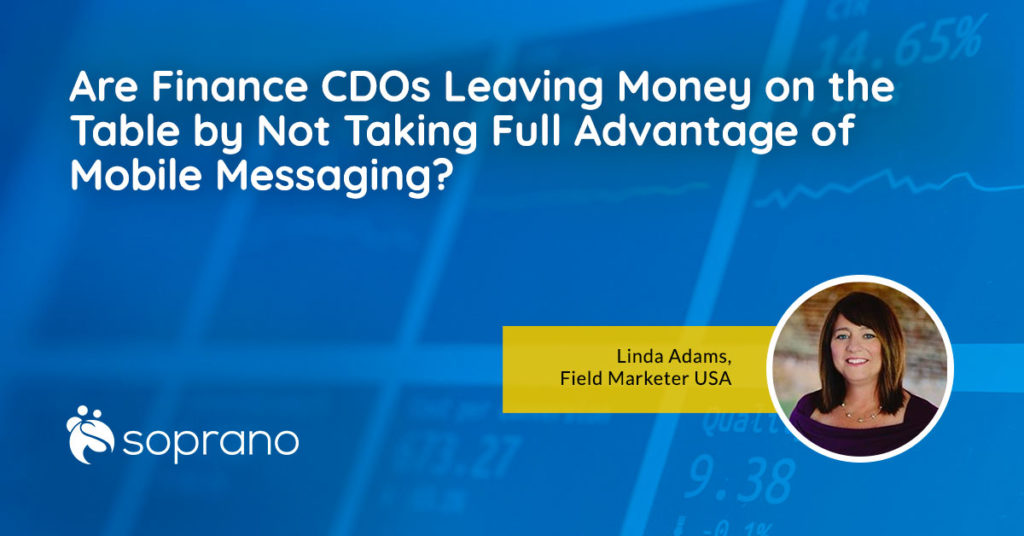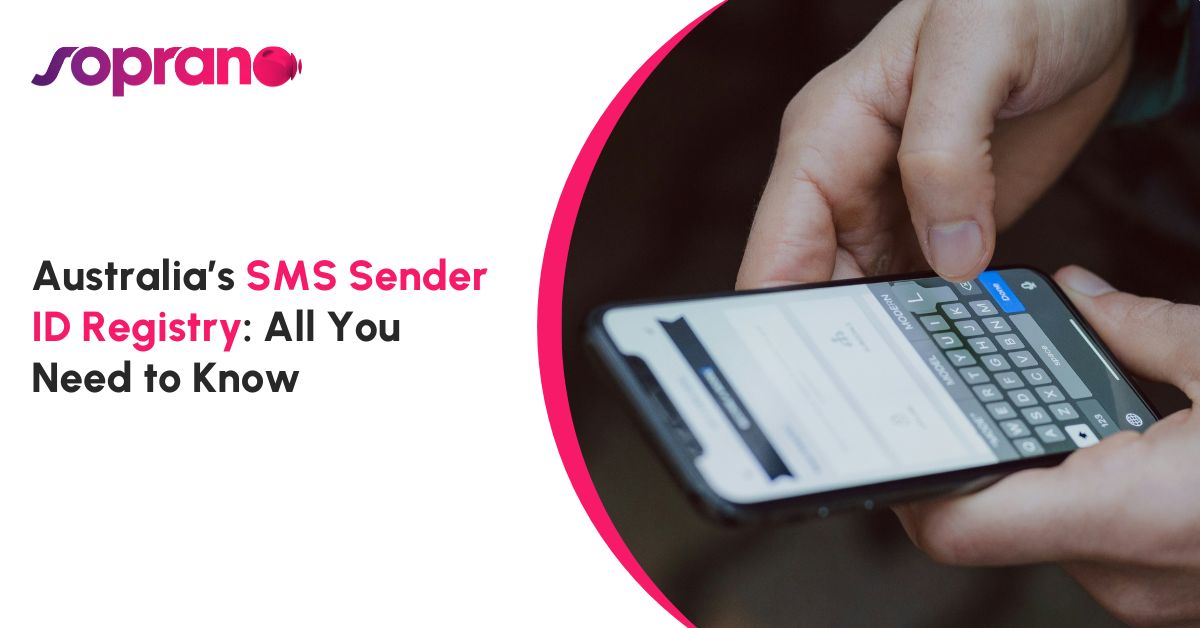
Chief Digital Officers (CDOs) today are tasked with creating digital customer experiences that enhance a bank’s brand, generate revenue and differentiate themselves from the competition. The pandemic fast-tracked digital transformation initiatives, and now CDOs need to determine which methods of engagement will take them into the future.
Growth-focused banking CDOs have dual primary responsibilities: designing digital experiences for customers that grow the bank for today’s consumer behaviors and needs, while preparing the bank’s digital infrastructure for future growth. This includes enabling users to conduct banking activities online, promoting new products, and finding new ways to deliver services to customers.
Banking CDOs and their teams must strike a balance between the costs of investing in these areas and keeping costs down, and they are under pressure to do many things simultaneously: improve the end-to-end customer experience, differentiate their brand, shrink customer service and other costs through digital transformation, compete with new ‘digital-only’ challenger banks, mobile wallets, and non-traditional financial service providers, and deliver meaningful branded interactions outside of the bank’s physical presence and in-person interactions (e.g., plastic cards, bank branches, customer service calls).
For many CDOs, improving mobile apps and website are the top priority. But there is a numbers problem here. According to the Financial Brand, only 53% of bank customers have fully adopted mobile banking apps, and pandemic lockdowns only increased adoption by 3%. The remaining 47% represent a significant revenue opportunity that, right now, is being neglected.
This is why successful CDOs and Fintech leaders are looking at mobile messaging – used today primarily for two-factor authentication and account alerts – as a significant part of their digital communication strategy. According to Gallup, fully engaged banking consumers account for an increase in revenue of $402 per customer annually, and mobile messaging is the key to creating more engagement throughout the customer journey.
Mobile messaging has more widespread adoption by banking consumers, with 98% of smartphone owners using text messages on a regular basis. With open rates 5X higher than email and response rates 60X email, mobile messaging is quickly gaining ground as the preferred method for meaningful customer engagement.
And compared to apps and websites, mobile messaging channels are more reliable and future-proof. SMS is already fully adopted, accessible to those without smart devices, easy to use, and a maturing venue for interaction and branding. As consumers move to interact with brands on other channels – such as WhatsApp, Viber, or Apple Business Chat – mobile messaging will provide continuity in enabling banks to connect with customers directly and proactively while maintaining control of the customer experience.
Mobile messaging enables CDOs to ensure the right message gets to the consumer at the right time in the format the consumer wants. To get the most out of your mobile messaging solution, you should take these three steps. First, work to improve your mobile communication design strategy to engage the 47% not fully using the mobile apps. Second, use mobile communications to take full control of the mobile customer experience. And finally, invest in the right CPaaS platform to build for a digital future.
Soprano Connect offers an enterprise-grade omnichannel CPaaS messaging platform that offers a reliable solution to integrate and automate communications throughout the customer journey. To learn how to take full advantage of your mobile messaging solution, contact us today.



